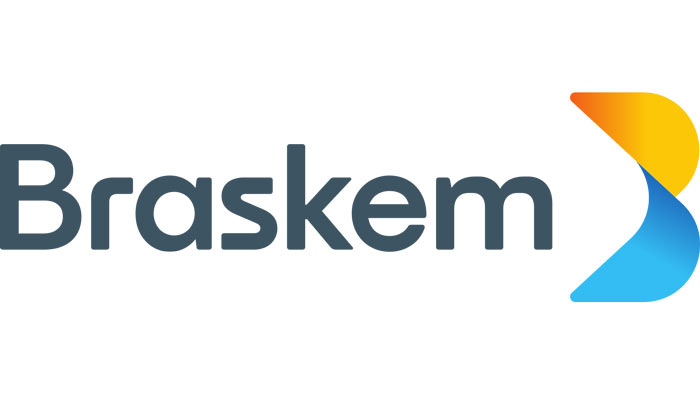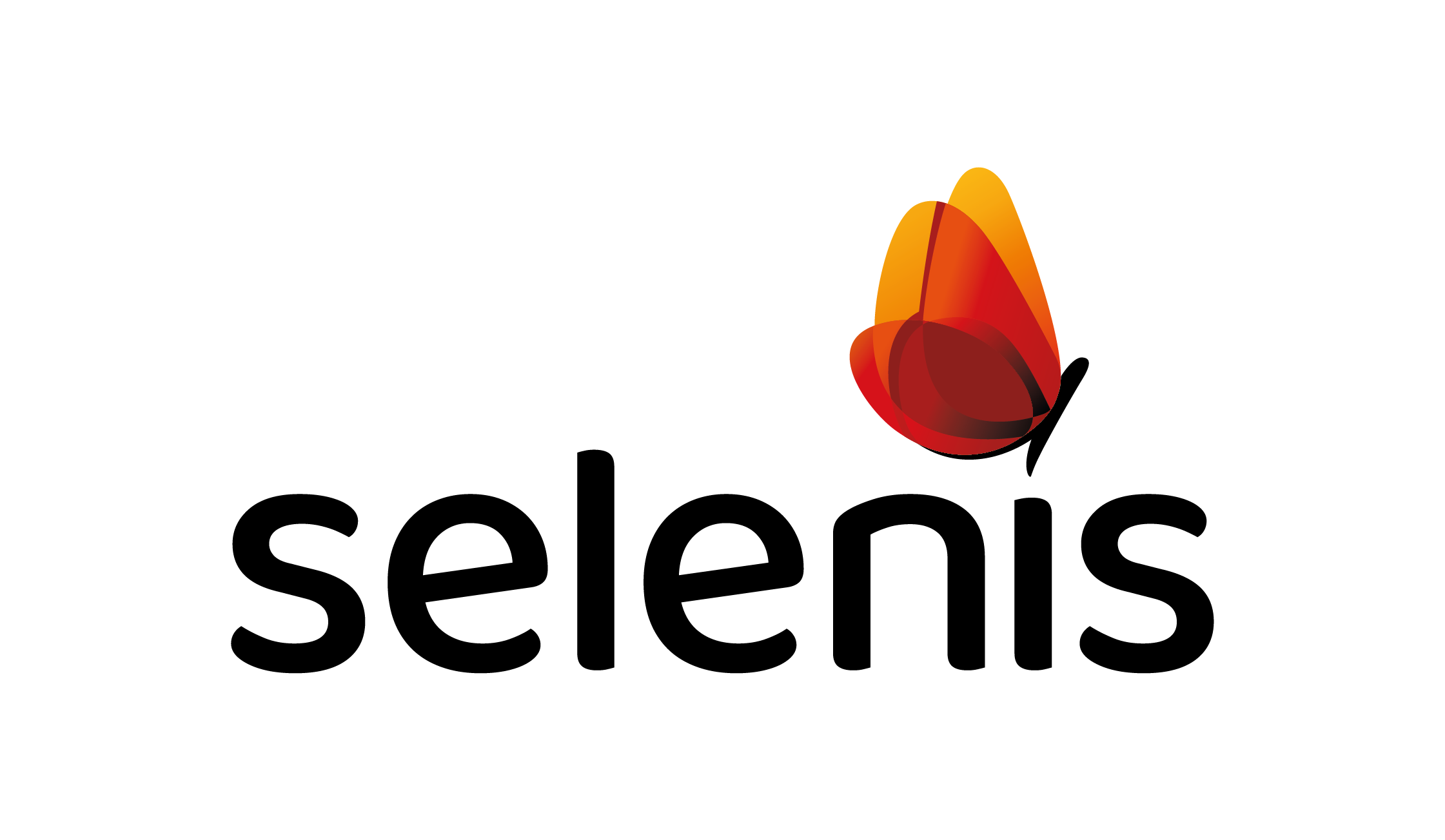The enhancement of polymer properties through orientation significantly upgrades their mechanical, impact, barrier, and visual characteristics. The process of biaxial orientation takes this a step further by reinforcing the material in both axes, thereby eliminating weaknesses across the film's width. This dual-direction enhancement is particularly critical in film manufacturing, leading to products that are not only thinner but boast enhanced mechanical strength, clarity, and barrier qualities. Additionally, these films can be engineered to shrink upon reheating if necessary, a feature vital in the packaging of products like meats, while maintaining rigidity and transparency for applications such as box overwraps for sweets and optical media.
Highlights of Biaxial Orientation:
Dual-Direction Reinforcement: Strengthens films in both axes to prevent transverse weaknesses.
Thin Film Production: Enables creation of thinner films with superior qualities.
Shrinkable Films: Allows the production of films that can shrink when reheated, beneficial for certain packaging needs.
The prevalent method in the industry for film orientation is the flat biaxial orientation, a process that is fundamental in the production of biaxially oriented polypropylene (BOPP) and polyester (BOPET) films, which are staples in the packaging sector. These films are produced on a grand scale with units capable of creating films over 300 inches wide, a factor that drives down cost per pound and satisfies the burgeoning demand of the international flexible packaging market.
The Biaxial Orientation Process:
1. Initiation: Begins with a plasticating extruder akin to a cast film line.
2. Chill and Finishing: Utilises multiple chill rolls and surface finishing rolls to manage the initially thicker polymer sheet.
3. Stretching Ratios: The process strategically thins the polymer, targeting precise stretch ratios in both machine direction (MD) and cross direction (CD).
4. Minimizing Neck-In: Careful control of the stretching phases is implemented to prevent any reduction in film width.
5. MD and CD Stretching: Involves pulling the sheet through rollers and a multistage hot-air oven for precise stretching and width adjustment.
6. Final Conditioning: The process culminates with temperature conditioning for stress relaxation and dimensional stability before winding the film.
Applications of BOPP and BOPET Films:
Flexible Packaging: These films serve as fundamental materials for flexible packaging, especially in laminations.
Metalization: When additional barrier protection is required, the films are often vacuum-metalized.
Snack Packaging: BOPP films, in particular, are a popular choice for packaging salty and dry snacks due to their durability and protective qualities.
By integrating such advanced manufacturing techniques, these films are positioned as essential components in the flexible packaging industry, accommodating a diverse range of product needs while adhering to economic and quality standards.










